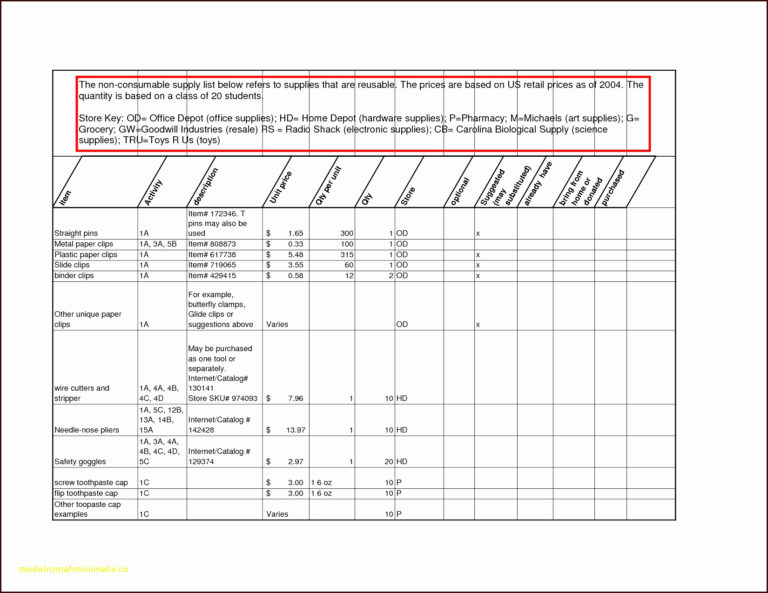
I saw that I could begin to predict jump counts based on the starting rhythm of the jumper. Then I noticed that faster jumpers attained higher jump counts than slower jumpers. With a mode, median, mean, and standard deviation. The number of jumps for each jumper until they fouled out was being recorded on the wall. I walked into a school fair and noticed a jump rope contest. We all walk in an almost invisible sea of data. A browser that can render MathML as well as SVG in HTML, such as Mozilla FireFox, is required to properly display and print this text. This text utilizes HyperText Markup Language, Scalable Vector Graphics, and Mathematics Markup Language (HTML+SVG+MathML). Where commas appear in spreadsheet formulas in this text, Apache 4.0.1 users will have to substitute semi-colons. Technical note: Apache 4.0.1 uses semi-colons instead of commas in formulas. With a few exceptions, Microsoft Excel can also generate the results in this text book. Given an "out-of-the-box" installation of a spreadsheet, course alumni, or for that matter any reader of this text, should be able to generate and use the statistics introduced by this text. Course alumni should not feel that they cannot "do" statistics because they lack a special add-in or dedicated package function that may require administrative privileges to install.

Course alumni and readers of this text are most likely to encounter default installations of spreadsheet software without such additional software. The text does not use any add-ins, add-ons, statistical extensions, or separate dedicated proprietary statistical packages. Both Calc and Gnumeric are open source, cross-platform software and can be downloaded from their respective web sites. This statistics text utilizes /Apache Calc and Gnome Gnumeric to make statistical calculations and box plots. Hypothesis testing against a known population mean.Introduction to the normal distribution.


 0 kommentar(er)
0 kommentar(er)
